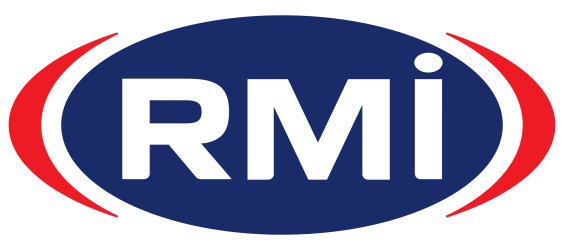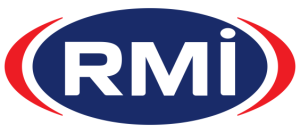Waste Classification
The Department of Environmental Affairs (DEA) has developed and piloted a national system for the collection of data on waste generation and management in the country, which will be gazetted […]
Redisa Update
The following is a press release issued by the Department of Environmental Affairs on behalf of Honourable Minister Edna Molewa: The Department of Environmental Affairs is constitutionally mandated to ensure […]

